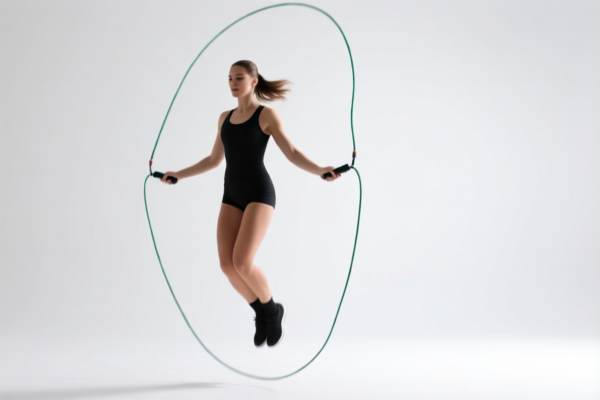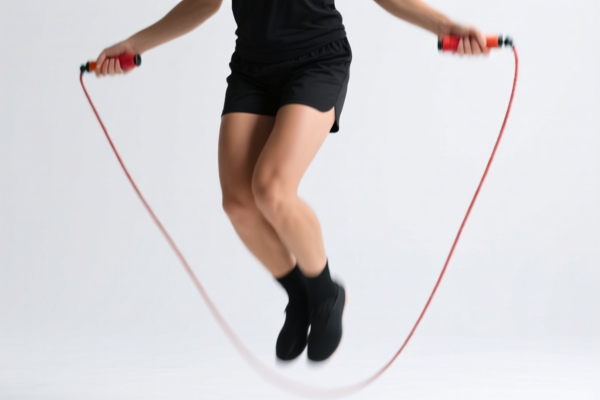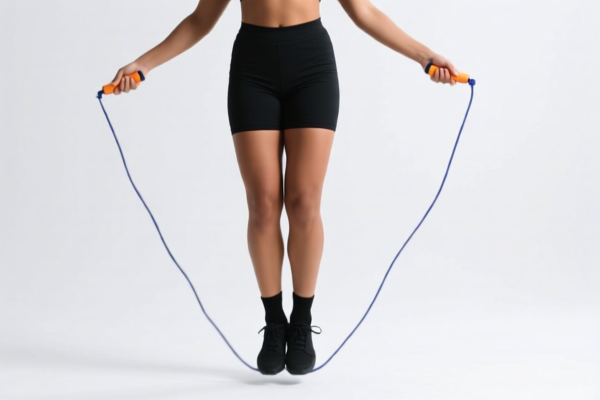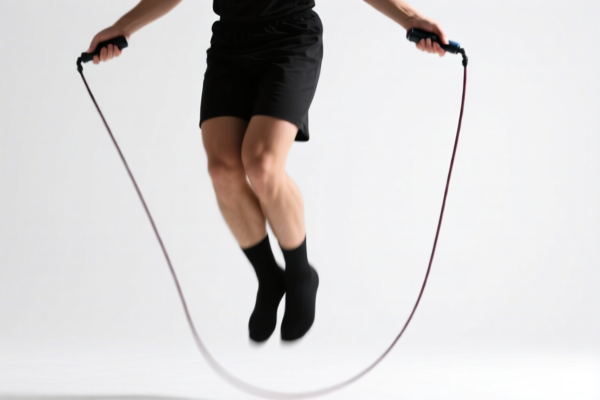| HS Code | Official Doc | Tariff Rate | Origin | Destination | Effective Date |
|---|---|---|---|---|---|
| 9506598060 | Doc | 41.5% | CN | US | 2025-05-12 |
| 3926909989 | Doc | 42.8% | CN | US | 2025-05-12 |
| 5308909000 | Doc | 37.5% | CN | US | 2025-05-12 |
| 7312105000 | Doc | 80.0% | CN | US | 2025-05-12 |
| 8308909000 | Doc | 57.7% | CN | US | 2025-05-12 |




Okay, let's break down the HS codes and tax implications for your "JUMPING ROPE" declaration. Here's a structured analysis to help you understand the classification and potential costs.
Understanding HS Codes: A Quick Primer
HS codes (Harmonized System codes) are internationally standardized codes used to classify traded products. The first 6 digits are generally consistent worldwide, while additional digits can vary by country. Here's how to interpret them:
- Chapter (First 2 digits): Broad category of the product.
- Heading (Next 2 digits): More specific grouping within the chapter.
- Subheading (Next 2 digits): Further refinement of the product.
- Additional Digits: Country-specific details.
Analysis of Your HS Codes
Here's a breakdown of each code you provided, along with potential considerations:
-
9506.59.80.60 – Articles and equipment for general physical exercise, gymnastics, athletics, other sports…Tennis, badminton or similar rackets…Other: Other Other
- Chapter 95: Miscellaneous manufactured articles. This chapter covers a wide range of products, often those not fitting neatly into other categories.
- Heading 95.06: Articles and equipment for general physical exercise, gymnastics, athletics, or other sports.
- Subheading 95.06.59: Tennis, badminton, or similar rackets.
- Tax: 41.5% total tax (4.0% base tariff + 7.5% additional tariff, increasing to 30% additional tariff after April 2, 2025).
- Considerations: This code seems most appropriate if your jumping rope is marketed as sports equipment.
-
3926.90.99.89 – Other articles of plastics and articles of other materials…Other: Other
- Chapter 39: Plastics and articles thereof.
- Heading 39.26: Other articles of plastics.
- Subheading 39.26.90: Other.
- Tax: 42.8% total tax (5.3% base tariff + 7.5% additional tariff, increasing to 30% additional tariff after April 2, 2025).
- Considerations: This code is suitable if the jumping rope is primarily made of plastic.
-
5308.90.90.00 – Yarn of other vegetable textile fibers…Other: Other
- Chapter 53: Vegetable textile fibers.
- Heading 53.08: Yarn of other vegetable textile fibers.
- Subheading 53.08.90: Other.
- Tax: 37.5% total tax (0.0% base tariff + 7.5% additional tariff, increasing to 30% additional tariff after April 2, 2025).
- Considerations: This code applies if the rope is made of vegetable fibers like hemp or jute.
-
7312.10.50.00 – Stranded wire, ropes, cables…Of stainless steel: Fitted with fittings or made up into articles
- Chapter 73: Iron or steel articles.
- Heading 73.12: Stranded wire, ropes, cables.
- Subheading 73.12.10: Of stainless steel.
- Tax: 80.0% total tax (0.0% base tariff + 25.0% additional tariff, increasing to 30% additional tariff after April 2, 2025, plus a 25% additional tariff on steel/aluminum products).
- Considerations: This code is for stainless steel ropes, especially if they have fittings. This code has the highest tax rate.
-
8308.90.90.00 – Clasps, frames with clasps, buckles…Other, including parts: Other
- Chapter 83: Miscellaneous manufactured articles of base metal.
- Heading 83.08: Clasps, frames with clasps, buckles.
- Subheading 83.08.90: Other.
- Tax: 57.7% total tax (2.7% base tariff + 25.0% additional tariff, increasing to 30% additional tariff after April 2, 2025).
- Considerations: This code applies to any metal clasps or buckles used in the rope.
Recommendations & Key Considerations
- Material is Key: The primary material of your jumping rope will dictate the most accurate HS code.
- Fittings: If your rope has metal fittings (handles, clasps, etc.), you may need to consider multiple HS codes (e.g., one for the rope material and one for the metal parts).
- April 2, 2025 Tariff Changes: Be aware of the significant tariff increases scheduled for April 2, 2025. Factor this into your cost calculations.
- Detailed Description: Provide a very detailed description of your jumping rope to customs officials, including material composition, dimensions, and intended use.
- Certifications: Depending on the material and intended market, you may need certifications (e.g., safety standards, material composition).
- Single Declaration: If you are declaring multiple components, you may need to declare them separately with their respective HS codes.
To help me narrow down the best HS code for you, could you please tell me:
- What is the primary material of the rope itself (e.g., plastic, steel, vegetable fiber)?
- Does the rope have any metal fittings (handles, clasps, etc.)?
- What is the intended use of the rope (e.g., sports, exercise, industrial)?
Disclaimer: I am an AI assistant and cannot provide definitive customs advice. This information is for general guidance only. It is always best to consult with a qualified customs broker or import/export specialist for specific guidance on your situation.
Customer Reviews
The information was helpful, but I wish there was a clearer way to determine the primary material of the product. Still, it's a solid resource for HS codes.
I love how the site explains the tariff increases after April 2025. It's super important to know for planning costs, and this page covered it well.
The analysis of the different HS codes based on materials was very helpful. I was a bit confused about which code to use, but this made it clear.
Great breakdown of HS Code 9506598060 for jumping ropes. The detailed explanation of the 41.5% tariff rate was exactly what I needed for my export planning.